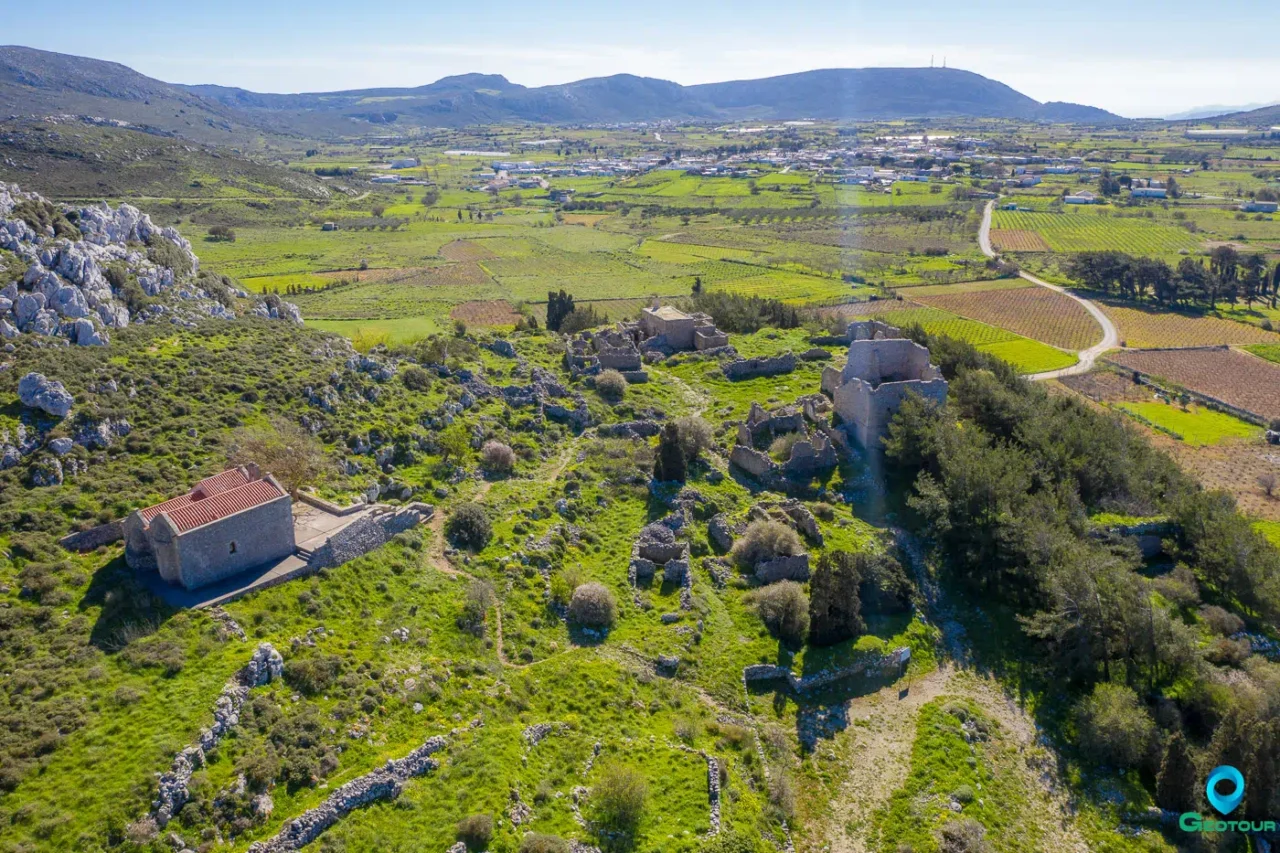
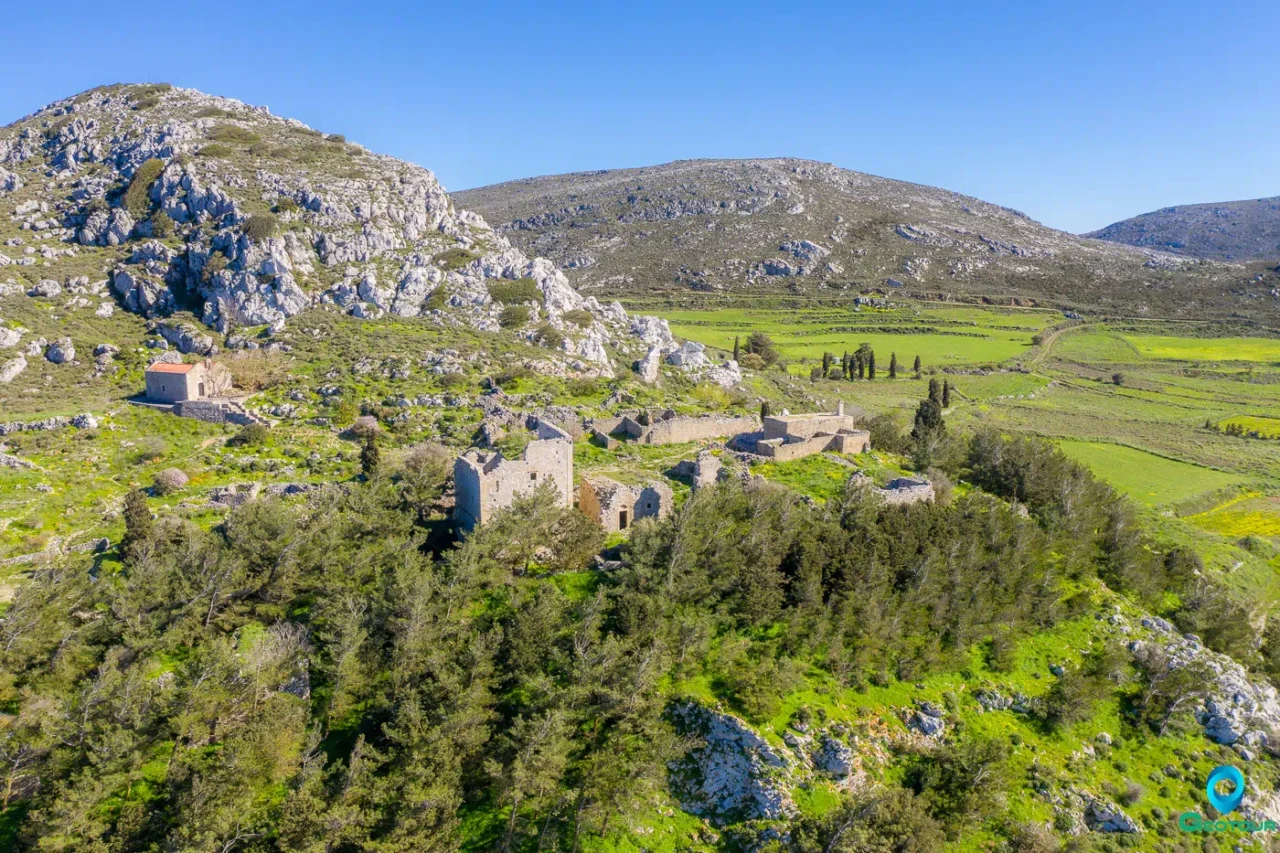
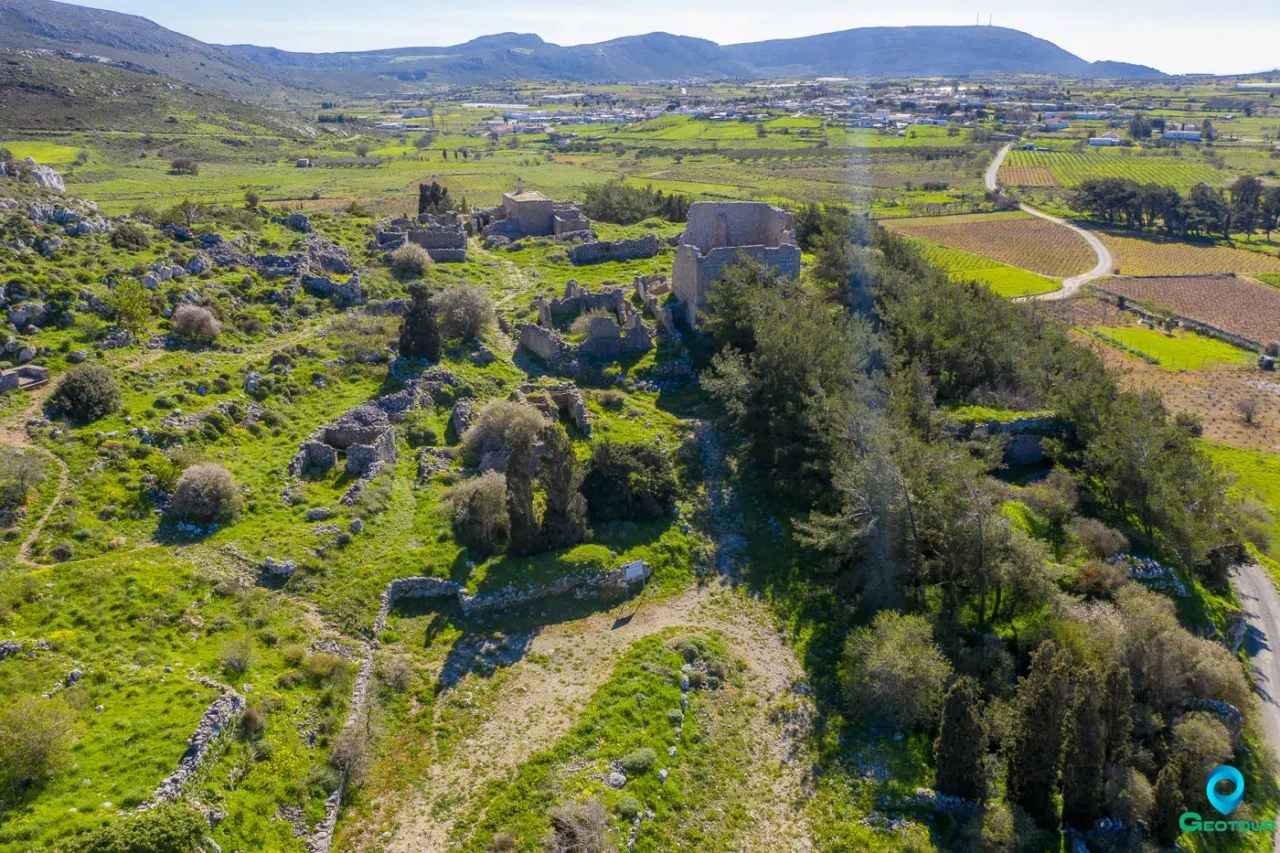
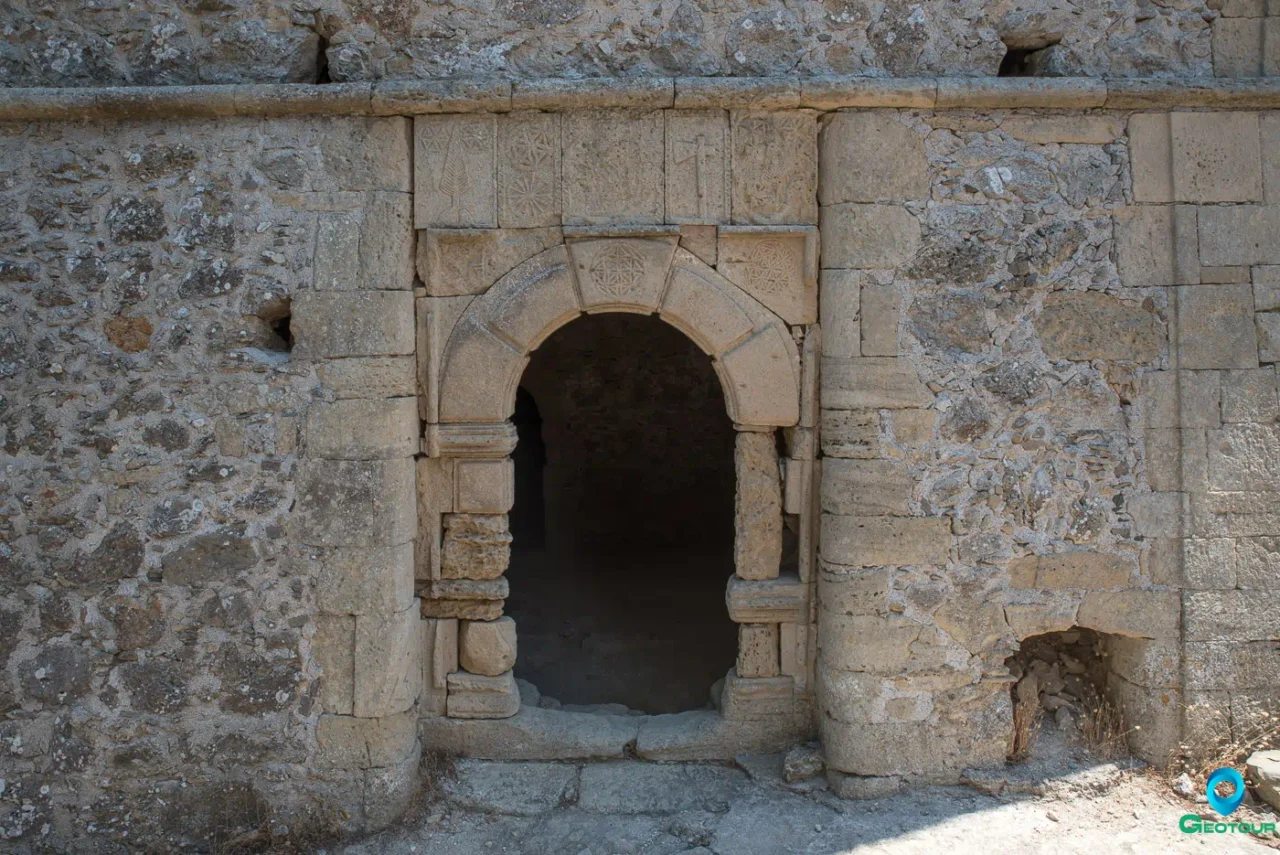
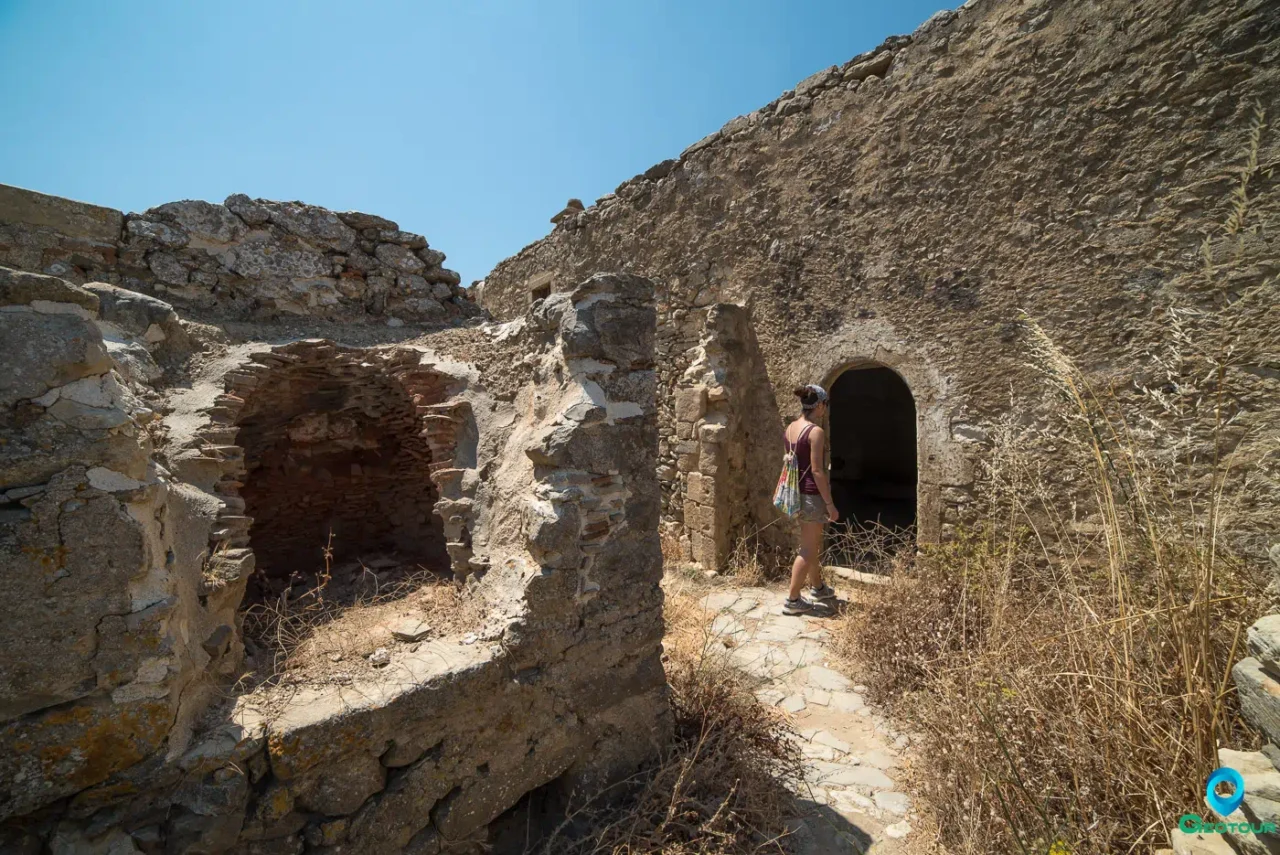
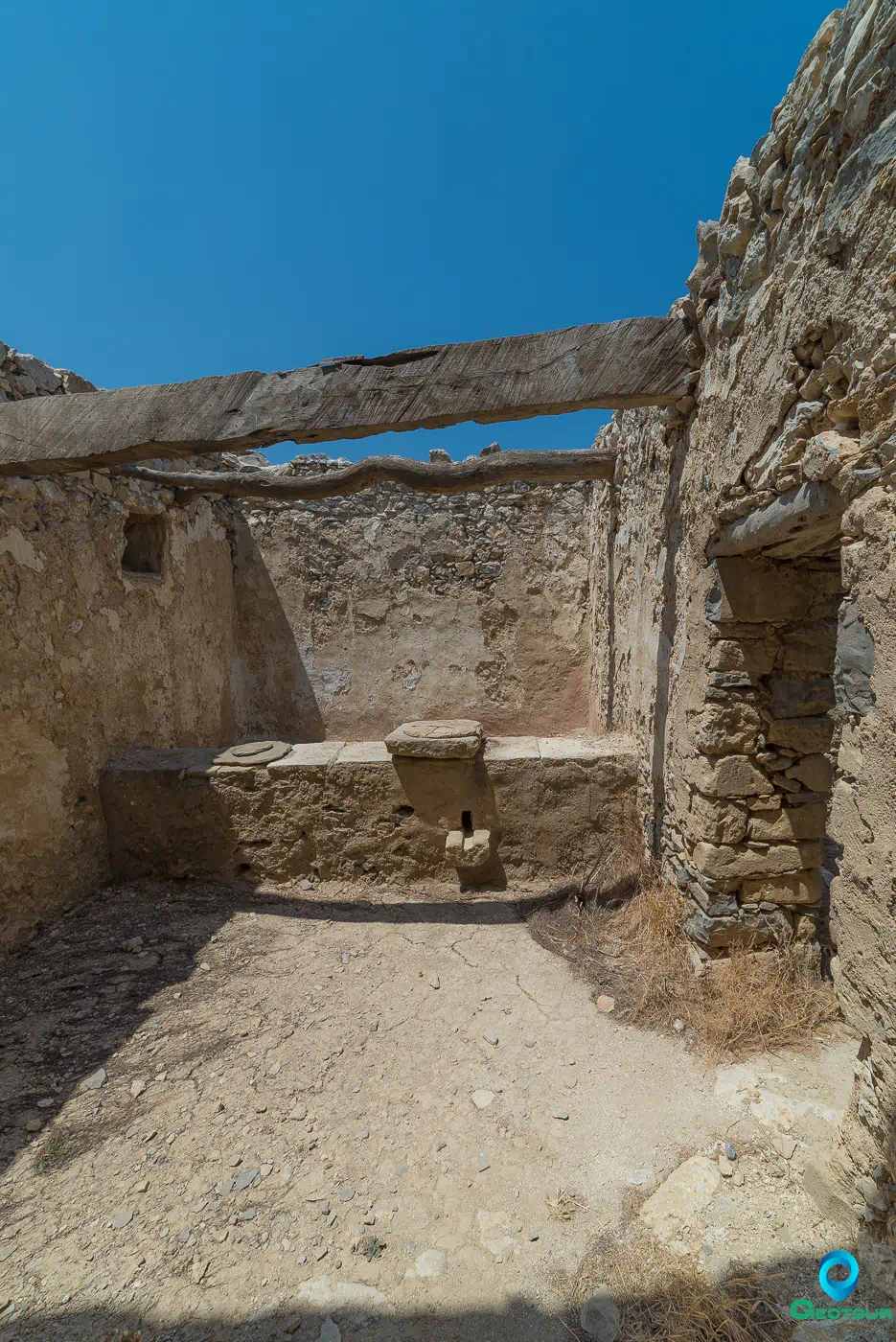
Voila is an abandoned village in the Municipality of Sitia, Crete, Greece, located about 500 meters from the village of Chandras. Accessible by a rural road, Voila is believed to have been abandoned in the 19th century, leaving behind a rich history and intriguing remnants of its past.
Etymology
The exact origin of the village’s name remains uncertain. Several theories have been proposed:
- Byzantine surname: Stergios Spanakis suggests it is derived from the Byzantine surname “Voilas”.
- Term for Boyars: Emmanouil Angelakis proposes it originates from the Byzantine word for noblemen or boyars, either “voilas” or “volias”.
- Place for oxen: Another theory suggests it is derived from the Greek words for “ox” and “drive”, signifying a place for grazing and yoking oxen.
- Byzantine official: A less likely theory links the name to the 10th-century Byzantine official, Voilas Vardas, who rebelled against Romanos Lekapenos.
Historical Information
Venetian Period
Voila was a relatively large village during the Venetian period (1204-1669 AD).
- 1583 Venetian census: The Venetian census by Castrofylakas recorded Voila as having 301 inhabitants.
- 1581 contract: A contract from this year mentions Voila as a fiefdom of the Kornaros family.
Ottoman Period
The village continued to exist during the Ottoman period (1669-1898 AD), although its name was changed.
- 1671 Turkish census: The Turkish census listed the village as “Vuyalo” with 17 hearths (tax units).
19th Century
- 1834 Egyptian census: This census recorded five Muslim and one Christian family living in Voila.
- 1881 census: The village was not mentioned in this census, suggesting it was already deserted.
- Post-1897 revolution: Stephanos Xanthoudidis reported that the village was abandoned after the 1897 revolution.
Monuments
Tower of Voila
A Venetian tower stands in the village, bearing a Turkish inscription dating back to 1742. The tower is adorned with carvings of axes, cypresses, and pentagrams. Tradition says the tower belonged to a formidable Janissary named Tsin-Alis or Tzinalis. To the south of the tower lie the ruins of a church known as Tzinalis’ church.
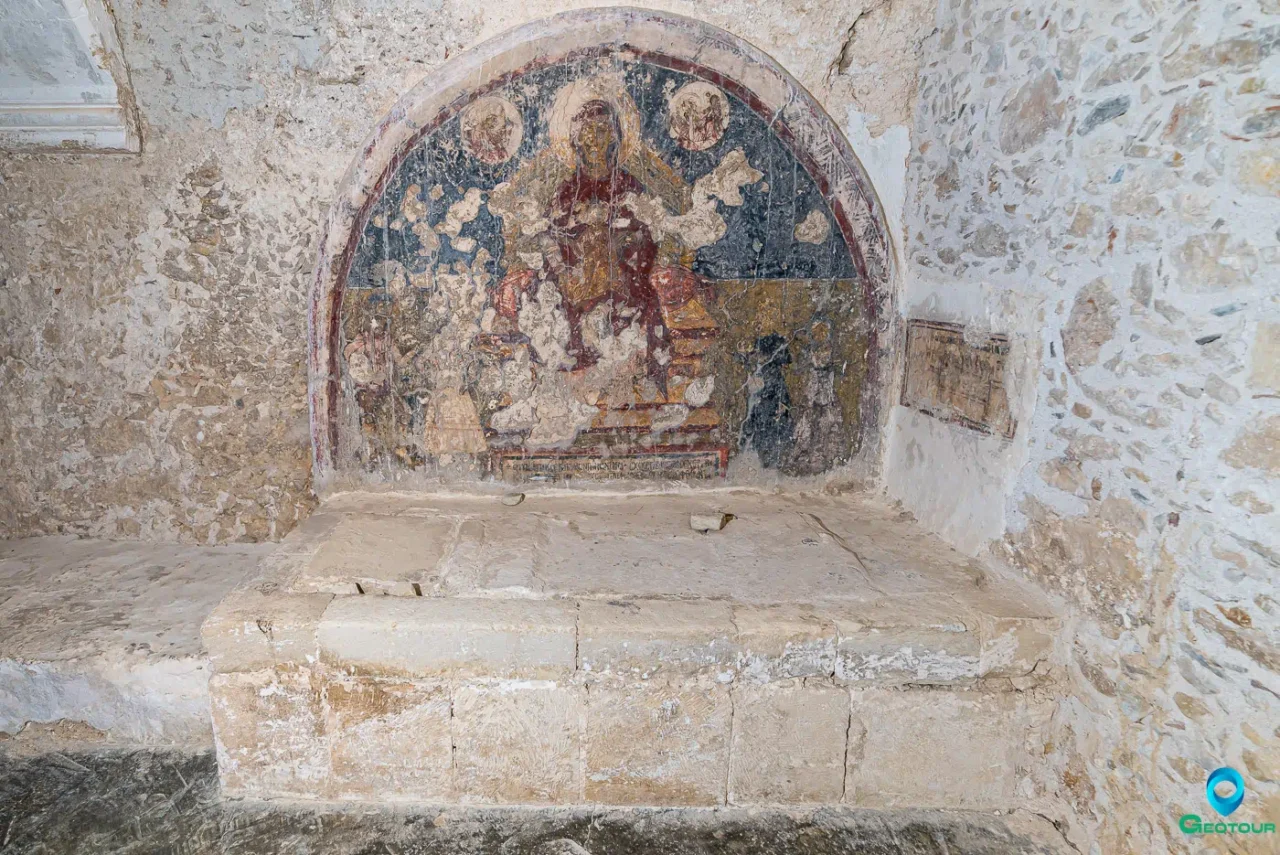
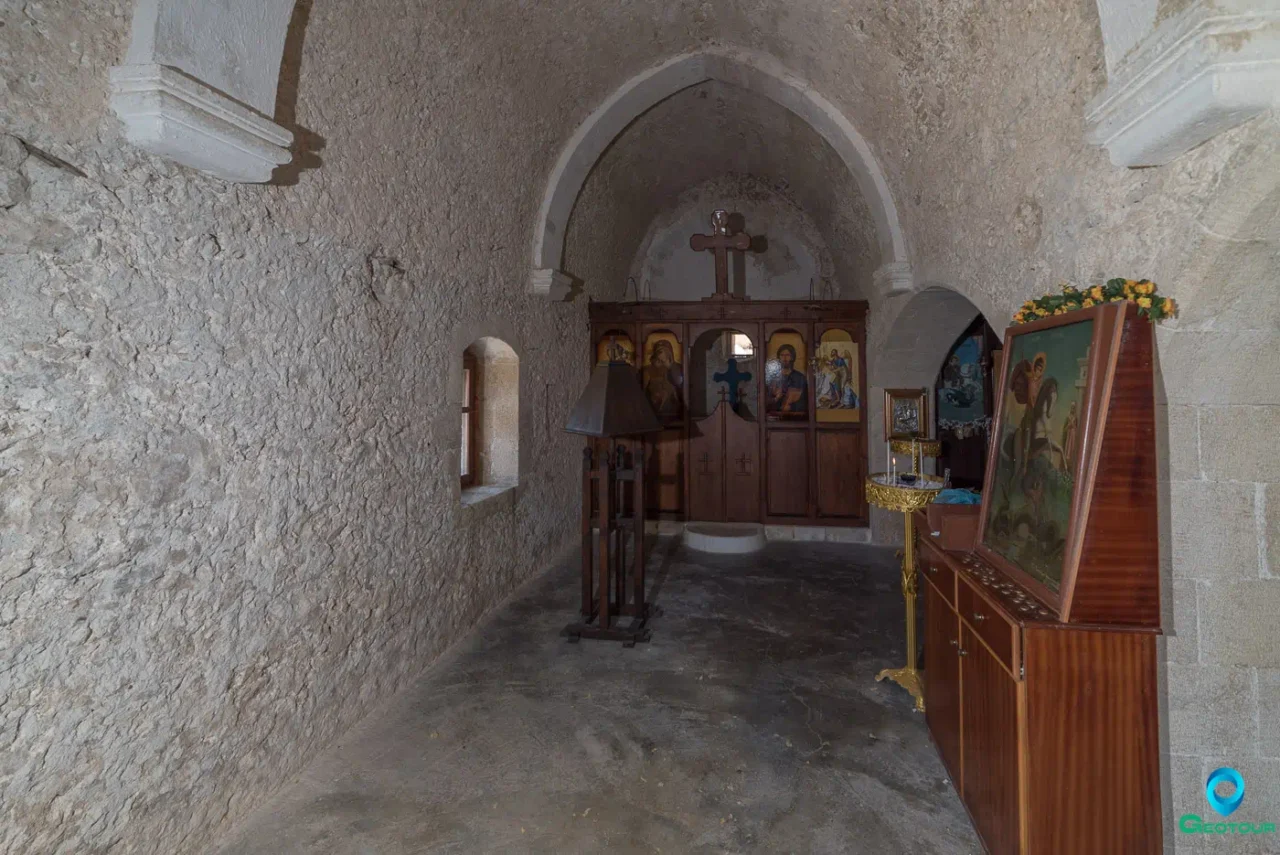
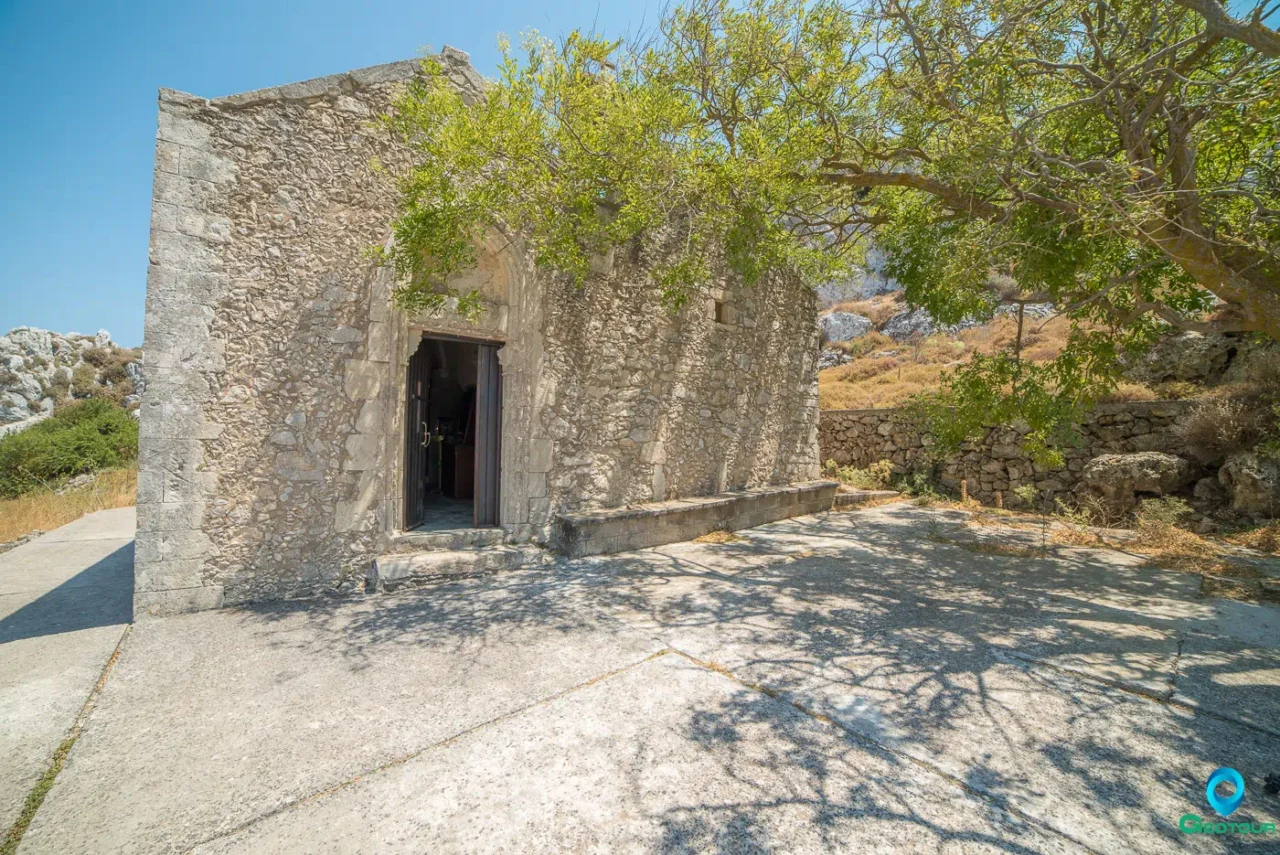
Church of Agios Georgios
The two-aisled church of Agios Georgios (Saint George) and Panagia (Virgin Mary) is another significant monument, possibly dating back to the 15th century. It houses a family tomb, likely that of the church’s founder, Georgios Salamos, from the Salamon family of Siteia. This family is believed to be the ancestors of the poet Dionysios Solomos. The tomb’s arch features a fresco of the Virgin Mary holding the infant Jesus, flanked by angels. A man in Cretan attire and a woman in European dress stand to the right of the Virgin Mary, with a child between them holding the woman’s hand. To the left are figures of women in black. An inscription in iambic verse is present below the depiction.
Other Structures
Two fountains with embossed Turkish inscriptions and the ruins of a Venetian castle on the hill above the village are other notable remnants of Voila’s past.
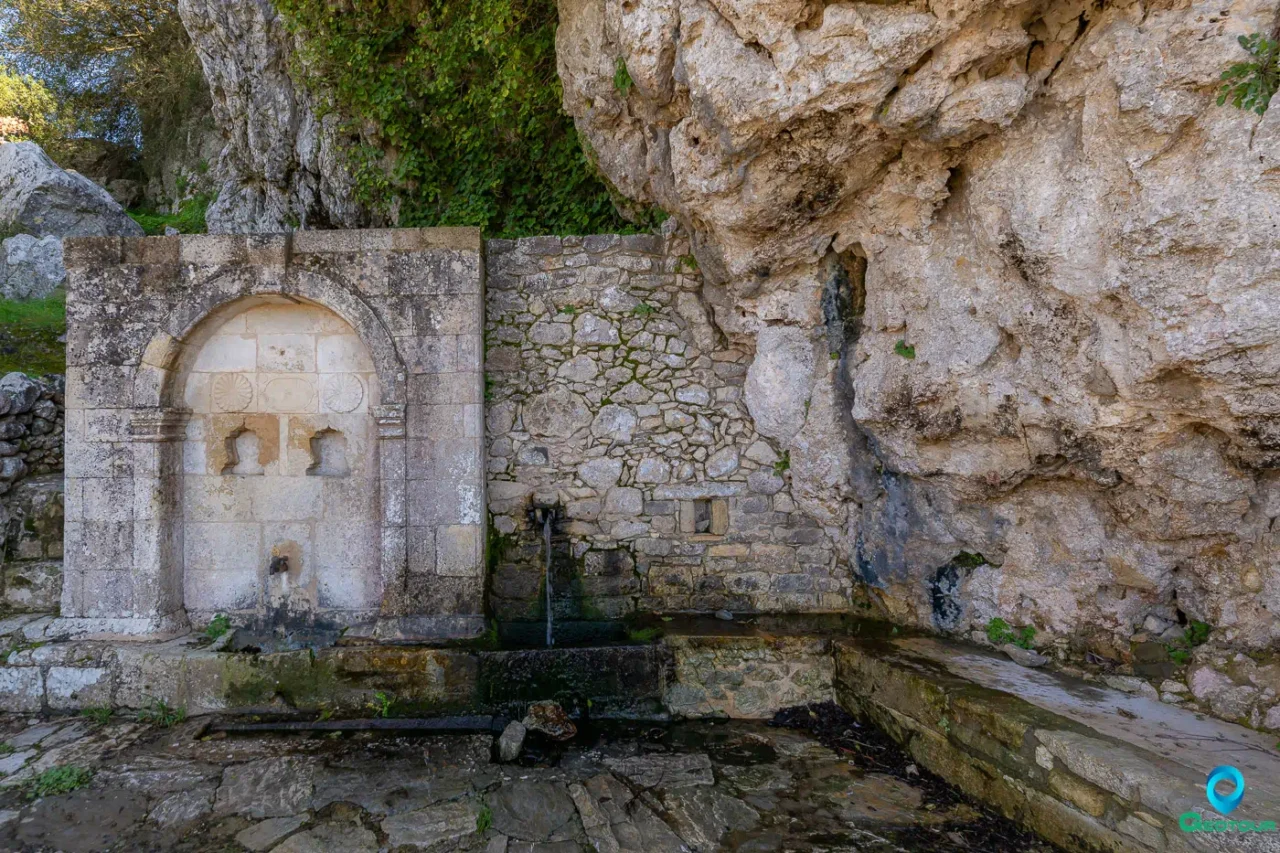
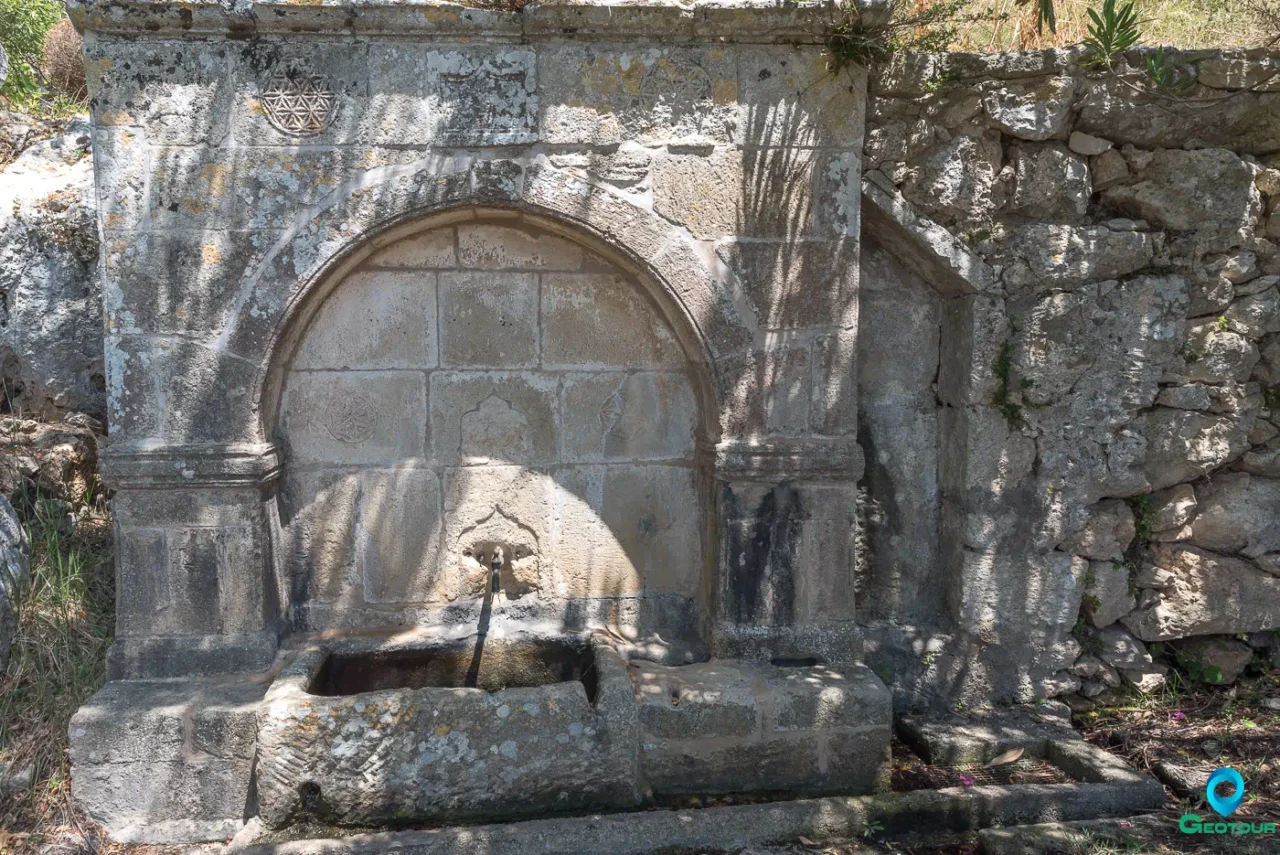
Voila and its Fountains
While specific details about fountains in Voila might be scarce, it’s important to remember that fountains played a crucial role in Cretan society throughout history. They were not merely sources of water, but also social hubs and places of cultural significance.
Fountains in Minoan Crete
The Minoans, who thrived on Crete from roughly 3200 to 1100 BC, had sophisticated water management systems, including fountains. These fountains were often elaborate structures, sometimes decorated with frescoes or animal-like waterspouts. The Tykte fountain in Knossos, for example, was an underground fountain with a rectangular basin and three steps, supplied directly from a spring.
Fountains in Historical Times
The tradition of fountains continued into historical periods. During the Hellenistic period (ca. 323-67 BC), fountain houses were built over springs, often featuring vaulted ceilings and underground basins. An example is the fountain in Astritsi, which has a large rectangular basin acting as a reservoir.
The Romans, who ruled Crete from 67 BC to 330 AD, also constructed many impressive fountains. These fountains were often decorated with mosaics, as seen in the low pyramidal fountain in Hersonessos.
Medieval and Modern Times
In medieval times, fountains continued to be important, with the Venetians and Ottomans both constructing elaborate fountain houses. These fountains often served as social gathering places, especially for women who would gather to chat while waiting their turn to collect water.
Even in modern times, with the advent of piped water systems, fountains have retained their cultural significance in Crete. They are reminders of the island’s rich history and its people’s enduring connection to water.
Settlement: Key Points
- Historical references: Venetian censuses, Turkish censuses, historical accounts.
- Location: Municipality of Sitia, Crete, Greece.
- Historical significance: Venetian-era village, possible connection to the Solomos family.
- Current status: Abandoned.
References
- Angelakis, A. N. (2015). The history of fountains and relevant structures in Crete, Hellas. International Journal of Global Environmental Issues, 14(3/4), 200-215.
- Wikipedia
- Ο μεσαιωνικός οικισμός Βόιλα – Crete Today
- Βόιλα, ο μεσαιωνικός οικισμός των Αρμενοχαντράδων – Cretazine















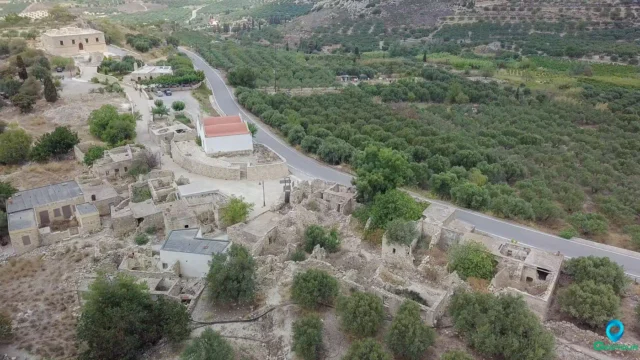

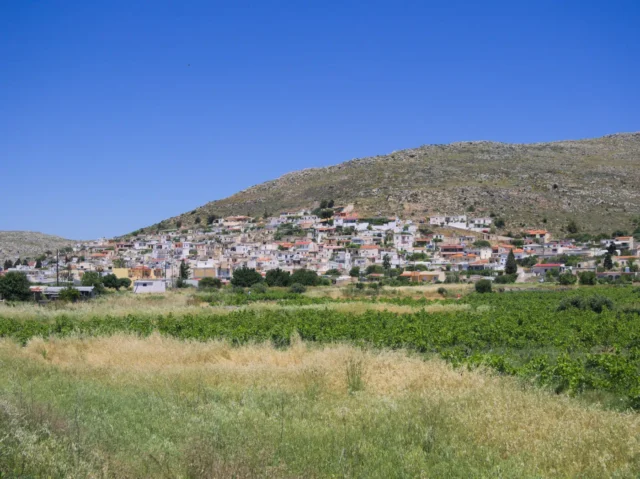

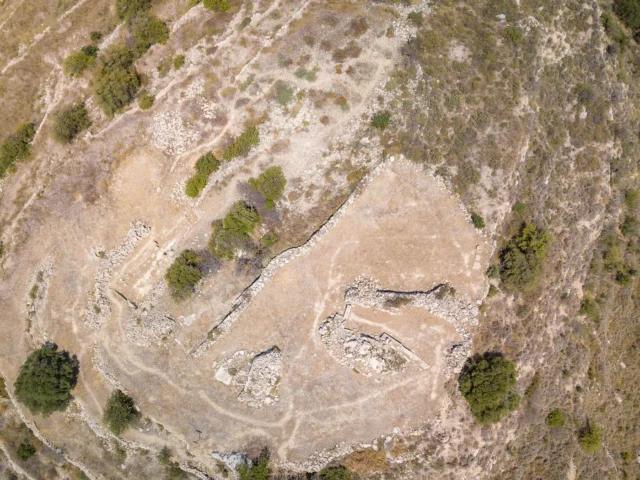




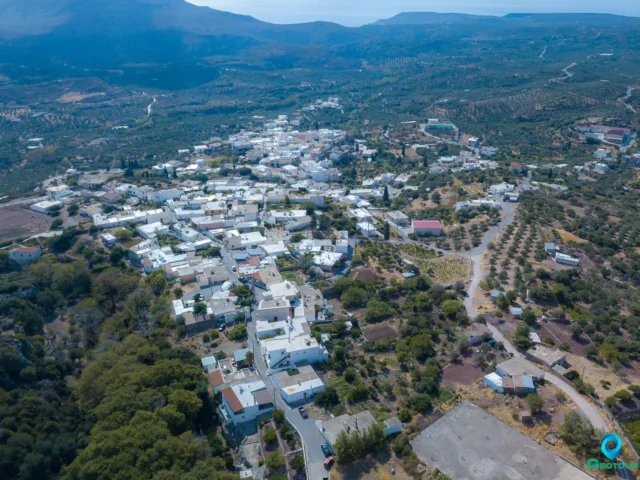
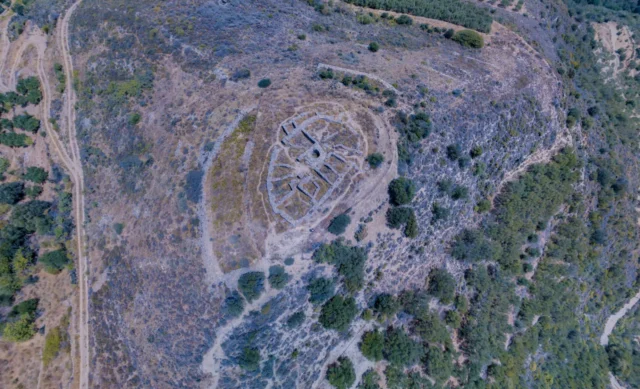

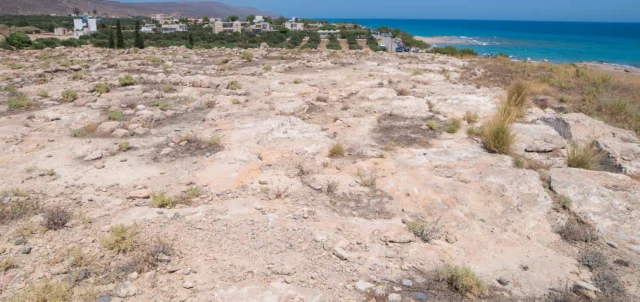
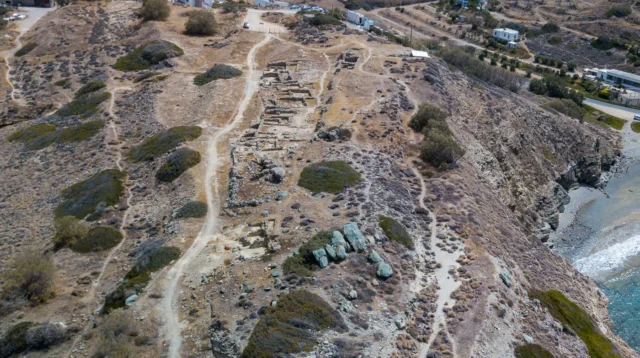
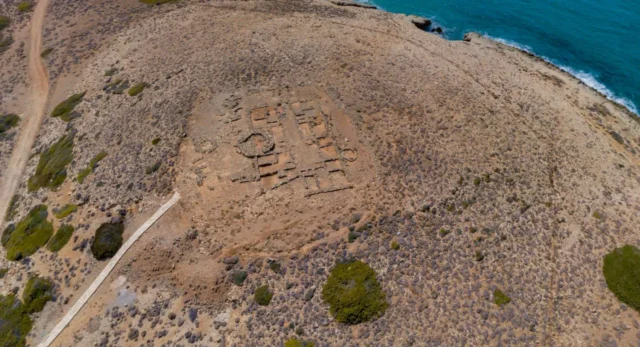
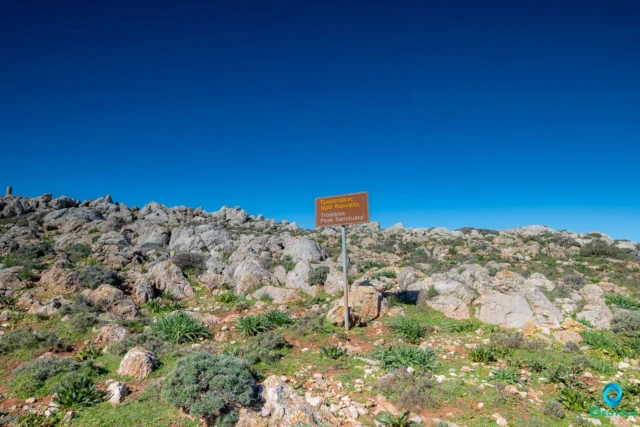
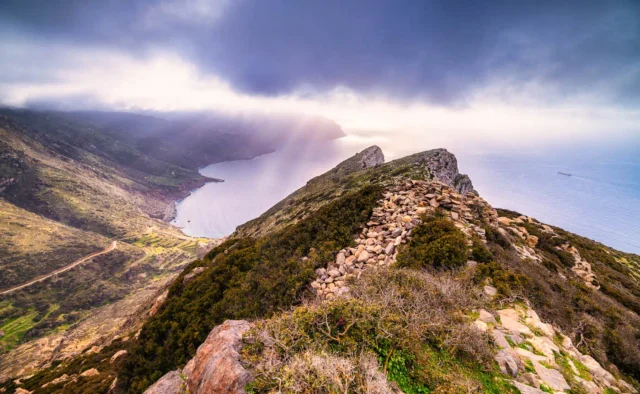
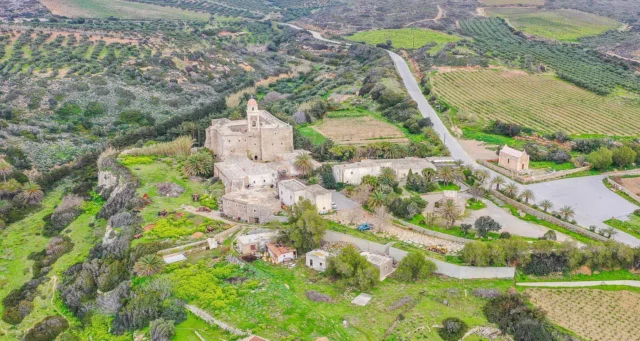
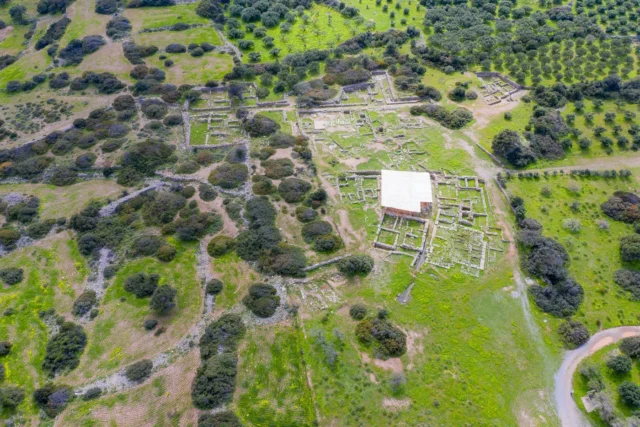
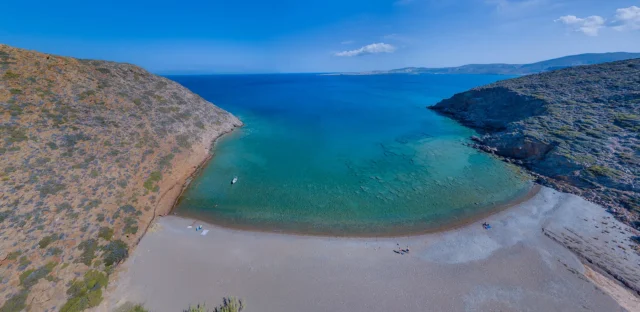

There are no comments yet.